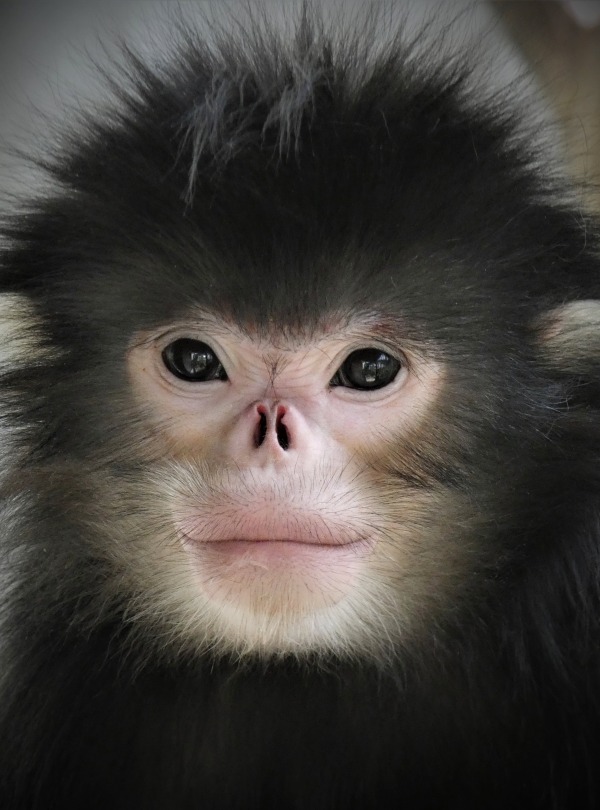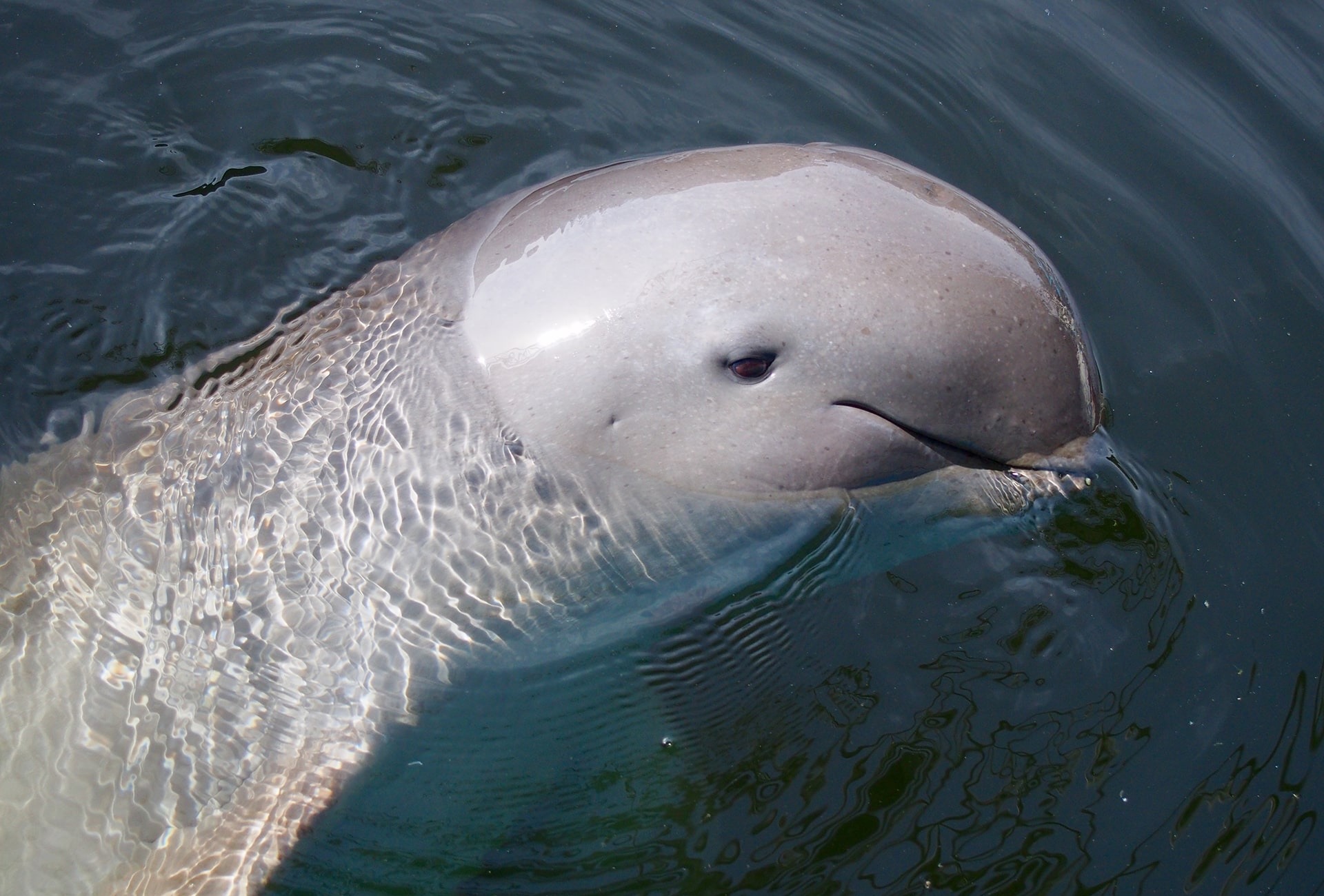
Save Asia’s Last Wild River for Dolphins
Support More Work Like ThisSupport More Work Like ThisThe Endangered Irrawaddy Dolphin is struggling for survival in Myanmar as the largest remaining undammed river system in Southeast Asia faces increasing threats.
-
Species at Risk
White-bellied Heron (CR), Black-bellied Tern (CR), Burmese Peacock Softshell Turtle (CR), Irrawaddy Dolphin (EN)
-
Carbon stored
87,348 mT*
*(metric tons of CO2 equivalents) -
Partner
Fauna and Flora International
-
74,132 Proposed Acres Conserved by
Designation
-
Project Cost: $518,010
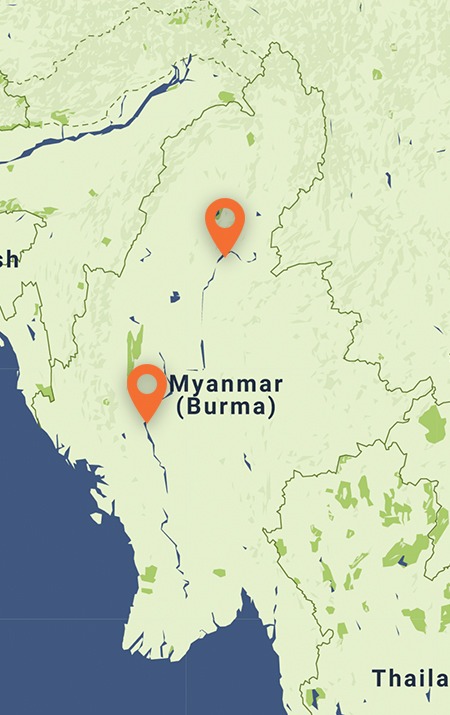
74,132
The Endangered Irrawaddy Dolphin is struggling for survival in Myanmar as the largest remaining undammed river system in Southeast Asia faces increasing threats.
-
Species at Risk
White-bellied Heron (CR), Black-bellied Tern (CR), Burmese Peacock Softshell Turtle (CR), Irrawaddy Dolphin (EN)
-
Carbon stored
87,348 mT*
*(metric tons of CO2 equivalents) -
Partner
Fauna and Flora International
-
74,132 Proposed Acres Conserved by
Designation
-
Project Cost: £428,107

74,132
Fewer than
Irrawaddy Dolphin Individuals Remain in the Ayeyarwady River
Myanmar’s Ayeyarwady (or Irrawaddy) River is the largest remaining undammed river system in Southeast Asia. Globally significant populations of threatened and endemic species, including a Critically Endangered local subpopulation of Irrawaddy Dolphin as well as the Critically Endangered Black-bellied Tern and White-bellied Heron rely on this river and lush wetlands to survive. East Asian-Australasian flyway populations of Ruddy Shelduck, Glossy Ibis, Little Pratincole, Yellow-breasted Bunting, Woolly-necked Stork and many others also depend on this corridor.
But, this ecosystem is at risk. Unsustainable fishing practices, encroachment of agriculture, hunting and trapping, illegal gold and sand mining, potential dams for hydropower and irrigation, and channelization for water regulation and river transport are threatening this vital and vibrant natural area.
Rainforest Trust and our partner, Fauna and Flora International, are working to safeguard 74,132 acres of critical wetland habitat along two sections of the Ayeyarwady River in Myanmar. These areas will be protected through the development of a community-based network of formally designated Fish Conservation Areas and Community Protected Areas along the river.
Header photo: The Irrawaddy Dolphin, by Na Me
Explore Asia’s Wild River
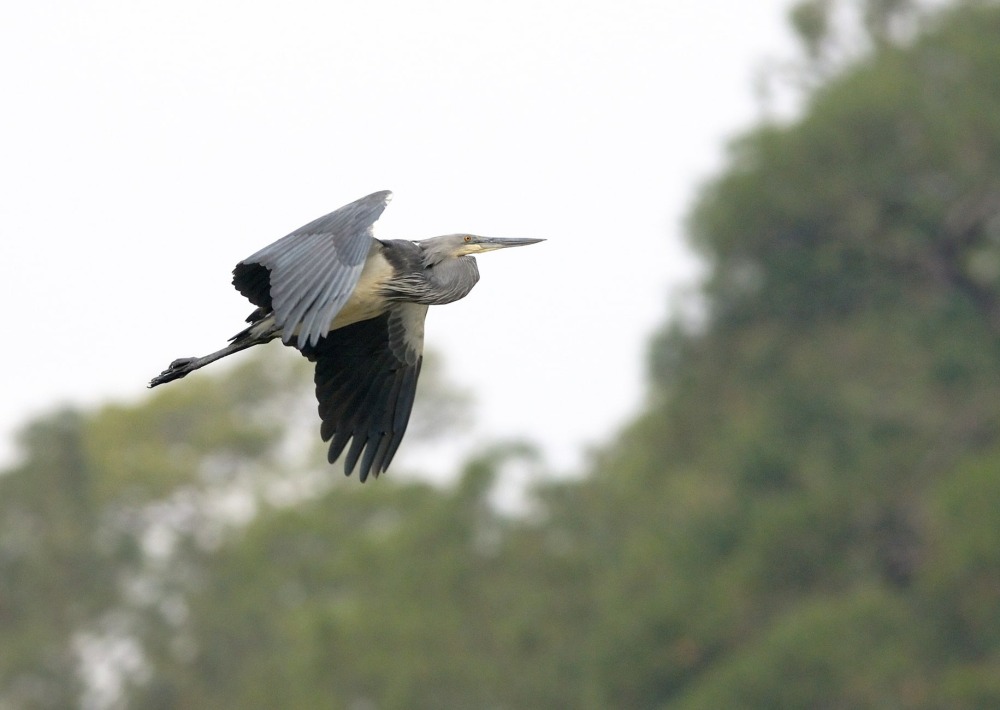
White-bellied Heron, by Rich Lindie
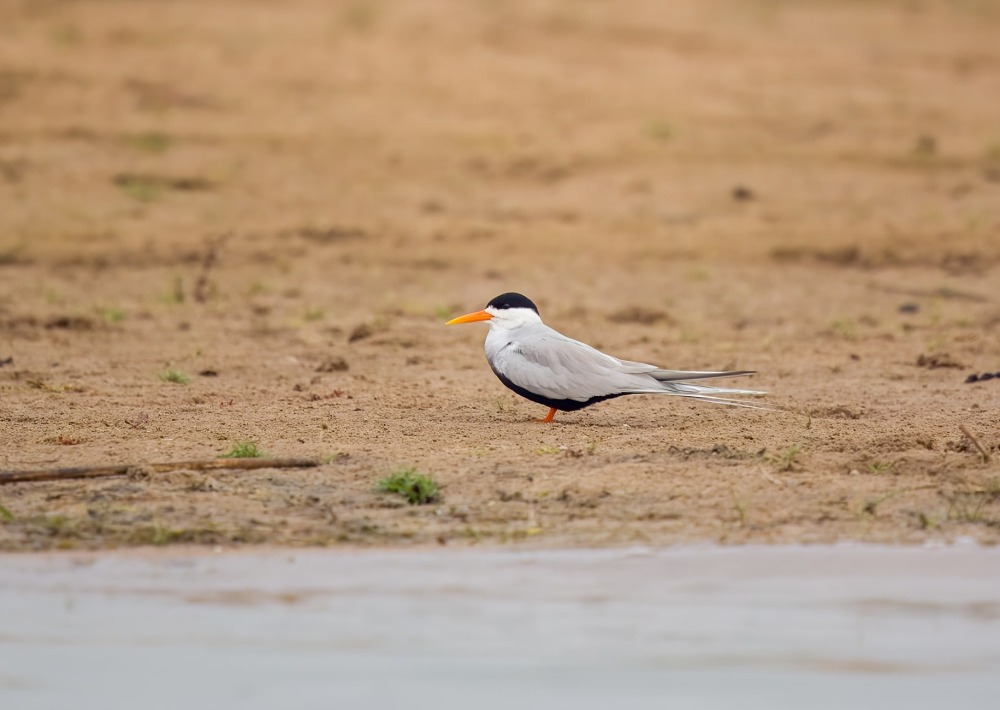
Black-bellied Tern, by mihirjoshi
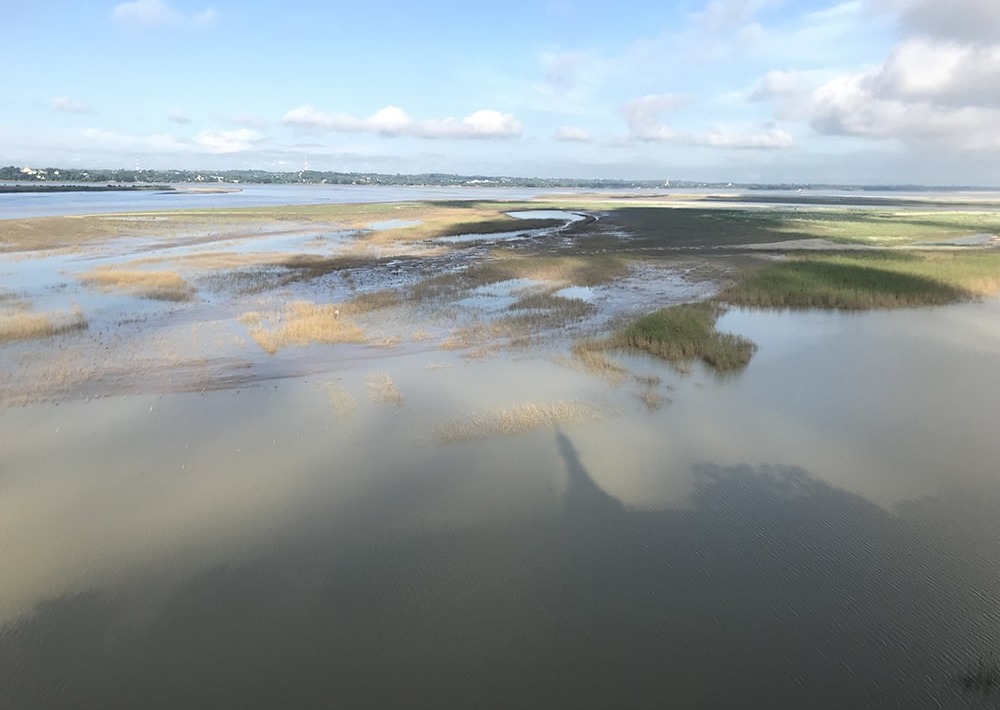
Important alluvial plain near the project area, photo by Fauna and Flora International
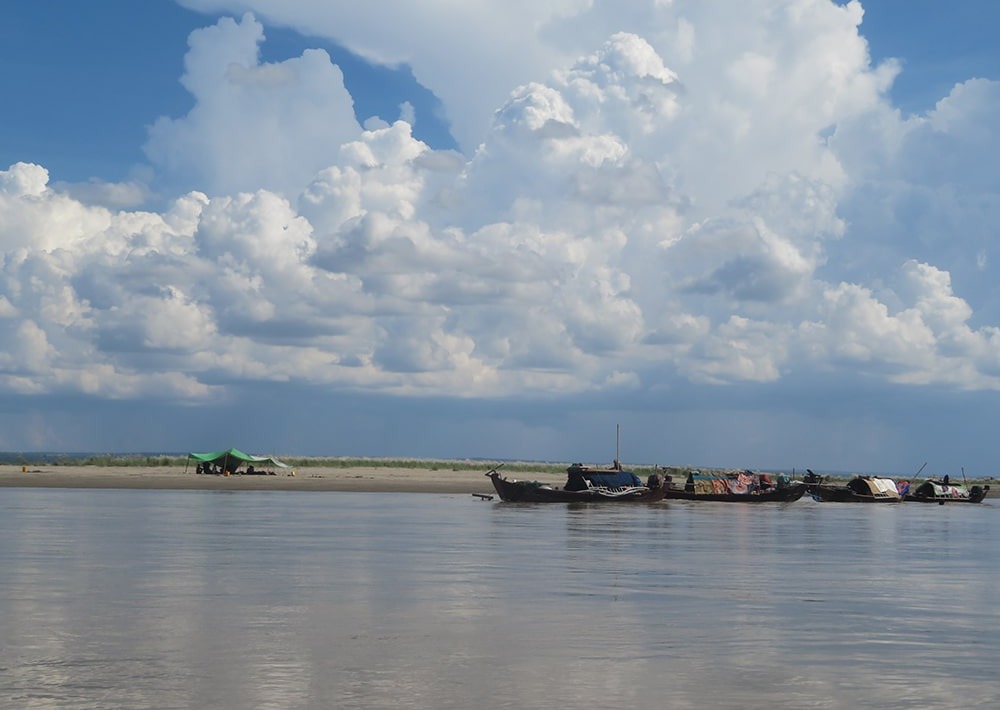
Gold mining in the low-flow season near the project area, photo by Fauna and Flora International
Save River Ecosystems For Rare Species
The Ayeyarwady River harbors an exceptional diversity of fish—essential for local livelihoods—with 388 recorded species. Fifty percent of these fish are endemic to the river basin. The river also supports the only two known nesting sites in the world for the endemic Critically Endangered Burmese Peacock Softshell Turtle. And its wetlands provide habitat for some of Myanmar’s last breeding colonies of the Critically Endangered Black-bellied Tern.
Support Communities In Managing Freshwater Fisheries
To protect the freshwater fisheries of the Ayeyarwady from exploitation, local communities will help develop and enforce a fisheries management plan. As fish populations increase in the “no-take” zones, spill-over into open fishing areas will increase catch for local fishers. This will also protect the Irrawaddy Dolphin’s food sources.
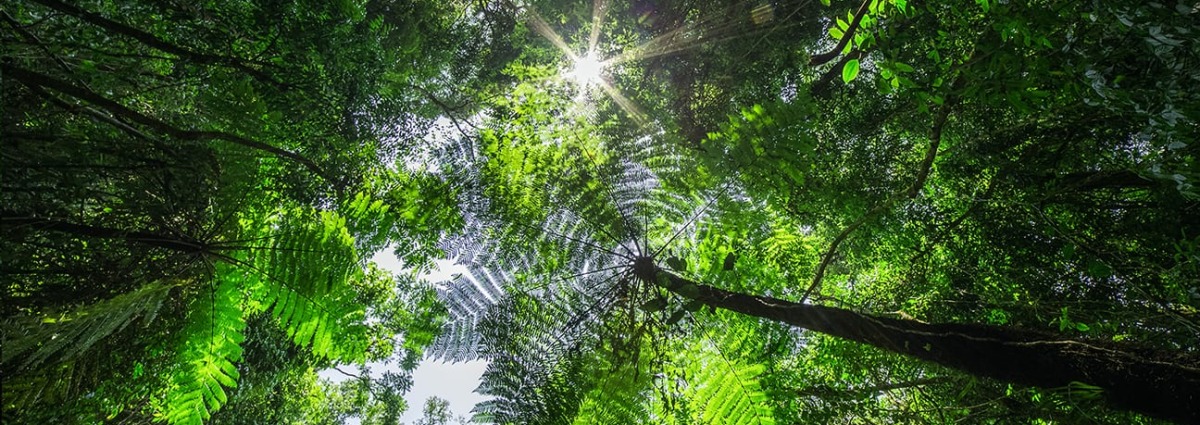
We Value Transparency.
Conservation work is critical, challenging, and can be costly. We work hard to ensure we raise only the funds needed for each project. In the rare case we raise more money than needed or a project comes in under budget, excess monies will be transferred to the Conservation Action Fund. This fund supports our important conservation work throughout the tropics.
Learn more about the Conservation Action FundLearn more about the Conservation Action Fund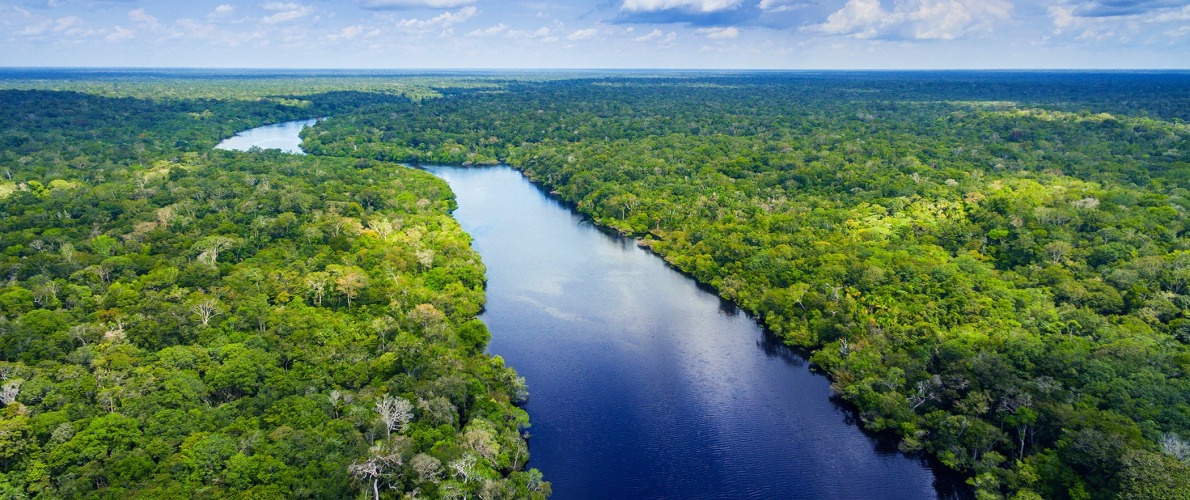
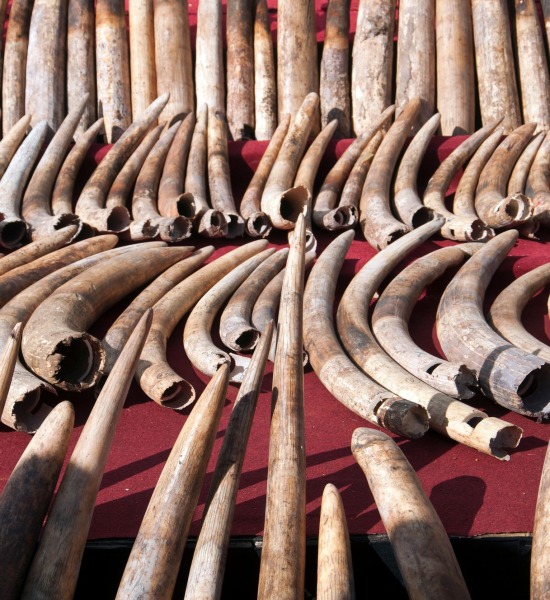


Partnering to Save Rainforest
Our partners’ ability to work with their governments and build strong connections with local communities ensures the successful implementation of our projects.
Learn More About This PartnerLearn More About This Partner
